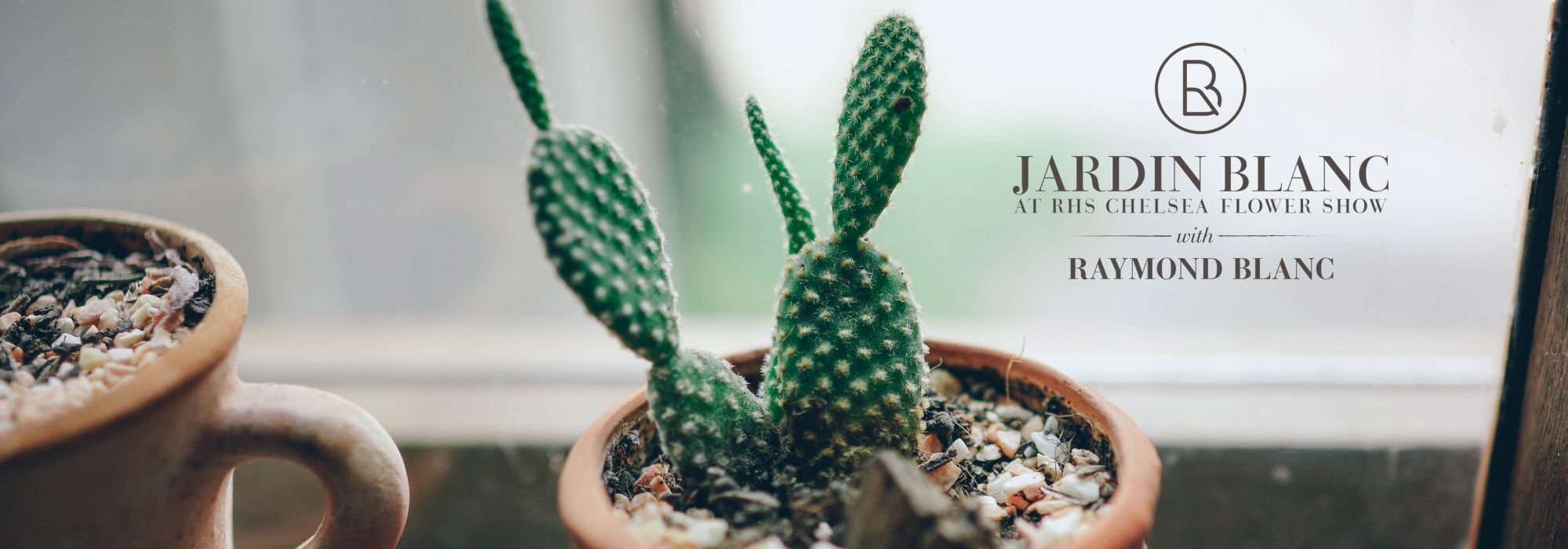Whether you are based in an office or work remotely, the benefits of incorporating some greenery into your work-space are scientific fact.
Plant-life increases employee well-being, motivation, creativity and productivity by a significant (and pretty surprising) amount – research conducted at Exeter University demonstrates that plants at work can boost productivity and staff wellbeing by 47% and increase memory by 20%. Within their sample, adding just one plant per square meter improved memory! (1) Plus, a shrub or two can add character to an otherwise dull environment… or article.
Reduce stress, Enhance productivity
The effect of plant-life on an employee’s sense of calm, and therefore concentration, is felt in both mind and body. Professor Dr Tøve Body comments on the subject: “The presence of plants can probably result in a positive change in the psychosocial working environment […] The resultant feeling of wellbeing also affects how the individual assesses his/her state of health”
Human Spaces’ report on “The Global Impact of Biophillic Design in the Workplace” follows this hypothesis. It found that those whose environments incorporated natural elements, such as greenery and sunlight, claimed a 15% higher wellbeing score and a 6% higher productivity score than those that did not. (2)
Attention Restoration Theory (ART) also suggests that exposure to nature can increase one’s ability for sustained concentration. Attention fatigue – associated with poor decision making and lower levels of self-control (eek!) - is endemic in the workplace, with many of us staring at the same screens 8 hours a day with little other visual stimulation. Explored in “The Experience of Nature: A Psychological Perspective” (1989), ART proposes that natural environments are full of "soft fascinations" such as clouds in the sky, grand landscapes and birds singing which gently command a passive kind-of attention. By bringing natural elements into the office, the brain automatically goes into this same state of continued effortless attention. (3)
Clearing the air
Bad news: according to the American Lung Association indoor air is often just as polluted as outdoor air - containing fine particles of pollutants such as mold, radon and carbon monoxide that can cause dry eyes, headaches or even trigger asthma. (4) Good news: house plants can help purify contaminated air.
This is the process of turning sunlight, carbon dioxide and water into glucose (aka plant-food) and oxygen… sounds a bit magical doesn’t it?
Plants perform photosynthesis during the day. This is the process of turning sunlight, carbon dioxide and water into glucose (aka plant-food) and oxygen… sounds a bit magical doesn’t it? Breathing clean, oxygenated air allows humans to respire healthily, can quash breathing problems and optimize brain function.
The idea of plants as purifiers has been explored further by NASA-endorsed environmental-scientist, Bill Wolverton. In his book “How to grow fresh air” Wolverton explains in detail the way in which plants emit water vapor creates a pumping action to pull in contaminated air. Further to Bill’s work, NASA conducted additional research on the topic, revealing that houseplants can remove up to 87 per cent of air toxins in 24 hours! (5)
Succulent spaces
In terms of interior-design trends, it seems house plants are having their moment in the sun. Pun intended. Having an attractive workspace is key in making your employees comfortable and goes towards not only retaining employees, but in attracting new job applicants.
Potted plants’ popularity may be due to their being green... Green is of course the most common colour in the natural world and, according to colour psychology symbolizes balance, spring, prosperity and freshness. The body reacts to the colour physically too, stimulating the pituitary gland, relaxing muscles and dilating blood vessels - all of which result in stress-relief and relaxation. This feeling can be stimulated in your staff by including green elements within the office décor.
As well as looking beautiful, plants can be used as smart divisions between areas or desks. They absorb noise (whereas sound usually reverberates off flat, dividing walls) and so insulate workers from distracting background patter.
Biophilia is concept that describes humans’ profound desire to be connected to nature. This translates from Latin as ‘an attraction towards living things’ - living-organisms (bio) - an unusual tendency towards (philia).
Nature and nurture
Biophilia is concept that describes humans’ profound desire to be connected to nature. This translates from Latin as ‘an attraction towards living things’ - living-organisms (bio) - an unusual tendency towards (philia). First popularized 1984, the positive impact of nature on the human condition gained recognition within the public-consciousness with the release of Edward O. Wilson’s book of the same title. Unfortunately our workplaces are, oftentimes, devoid of a connection to the natural world, and so adding greenery to your working-space fulfills this innate need.
Caring for plant – a living thing that can grow, bloom and thrive - can also give an individual a sense of purpose. Nurturing another life can help with depressive feelings, and create a sense of satisfaction and reward. In a work context we recommend more resilient plants: rubber plants, succulents (this includes aloe and cacti) and peace lilies are easy to take care of and should flourish in an office environment.
Jardin Blanc 2019
The Jardin Blanc team are of course huge proponents of flowers in the workplace.
Jardin Blanc - though far removed from an office building - is an inspiring environment to entertain clients and conduct business. The RHS Chelsea Flower Show, is a cornerstone of the British summer season and Jardin Blanc is this prestigious event’s official hospitality areaRHS Chelsea is not only the place to see beautiful blooms and cutting edge gardens… it’s the place to be seen.
The advantages of taking your business outdoors (and not just outdoors, but to secret garden restaurant, Champagne and botanical cocktail bar, Jardin Blanc) are evidenced above. From networking, to client entertainment, to a team day-out, take your working-group into an environment that allows for relaxation, productivity, creativity and positivity.
To learn more about Jardin Blanc 2019 enquire at rhs.shows@sodexo.com or 0845 268 0251 or watch the video here...
https://play.buto.tv/sxmHR
References:
1.Daily Mail (2013) Could having a plant on your desk get you a PROMOTION? Houseplants make workers 40% more productive and creative https://www.dailymail.co.uk/sciencetech/article-2519437/Houseplants-make-workers-40-productive-creative.html
2.Human Spaces (2015) The Global Impact of Biophillic Design in the Workplace http://interfaceinc.scene7.com/is/content/InterfaceInc/Interface/Americas/WebsiteContentAssets/Documents/Reports/Human%20Spaces/Global-Human-Spaces-Report.pdf?utm_campaign=NORTHAM_USA_ENG_18_Q1_Human%20Spaces%20Reports_Download%20Confirmation&utm_medium=email&utm_source=Eloqua
3.Tandfonline.com (2016) Attention Restoration Theory: A systematic review of the attention restoration potential of exposure to natural environments https://www.tandfonline.com/doi/full/10.1080/10937404.2016.1196155
4.American Lung Association (2018) Healthy Air at Home
https://www.lung.org/our-initiatives/healthy-air/indoor/at-home/
5.Nasa.gov (unknown) Plants Clean Air and Water for Indoor Environments https://spinoff.nasa.gov/Spinoff2007/ps_3.html
6.Sensationalcolor.com (2013) All About the Color GREEN http://www.sensationalcolor.com/color-meaning/color-meaning-symbolism-psychology/all-about-the-color-green-4309#.W-MMkNX7TIU

